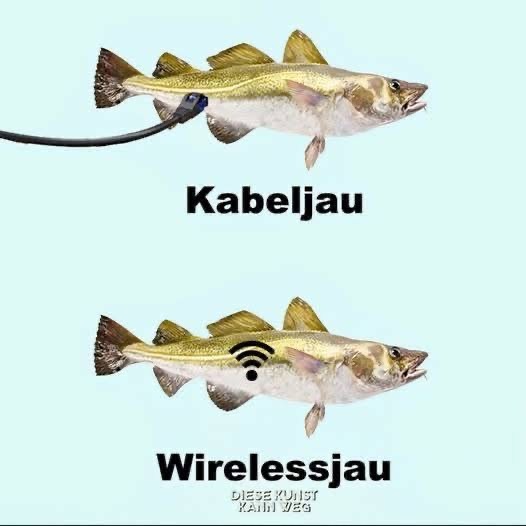Are you French or Italian perhaps? In this context, if you meant attendre / attendere, the word in English is expect. 😊
sparky
Because it’s cheaper to be wasteful. Who cares if future generations have a planet? AI make line go up now!
Weird how every show / movie shows up in a full 4K rip on usenet the next day still. It’s almost like DRM doesn’t stop piracy.
Is this a metaphor for something? Hmm.. I dunno, can’t figure it out. Let me ask ChatGPT.
Ich dachte, diese Memes sollten Witze sein.
Hi, I’m colourblind, but I’m assuming the joke is that the colours in the legend are unrelated to the colours in the chart. Right?
That’s actually a really good idea. I’m not the person you replied to, but I’m taking notes.
Damn, I’m really sorry to hear that. I hope it will improve for you with time. For what it’s worth I understand symbalta can be combined with pregabalin/gabapentin. The combination may help. I’m getting by on gabapentin alone and it’s definitely not 100% with the tingles and pricks, but far better than not taking it. I’m contemplating asking to increase the dose.
Are you taking anything for the neuropathy? Are you experiencing any improvement over time? My neurologist seem to think that while recovery as such is not feasible, that at least modest improvements are possible through long term healing and medication. Granted, this sounds like a particularly bad case, and I’m so sorry to hear you’re going through this.
Mine was found completely randomly - I went in for blood work because I was having stomach issues after returning from a trip and my GP wanted to rule out an infection. I was really surprised to learn it, because I wasn’t overweight nor did I have a family history! But it just happens sometimes, I guess. In retrospect - I was always very thirsty and had to pee much more than a normal human.
It’s been controlled for a while but unfortunately I now have some tingles in the feet, which developed a full year after I started medication and got everything under control. My neurologist believes it’s basically the delayed effects of the previously uncontrolled sugars. Fortunately, it’s been stable for several years since and seems to be every so slowly improving slightly.
I imagine I would have much worse neurological issues had I not discovered it until later.
buy it the same place you buy your radium!
edit: this is a joke, I do not possess radioactive material






How is this guy always right on every issue?